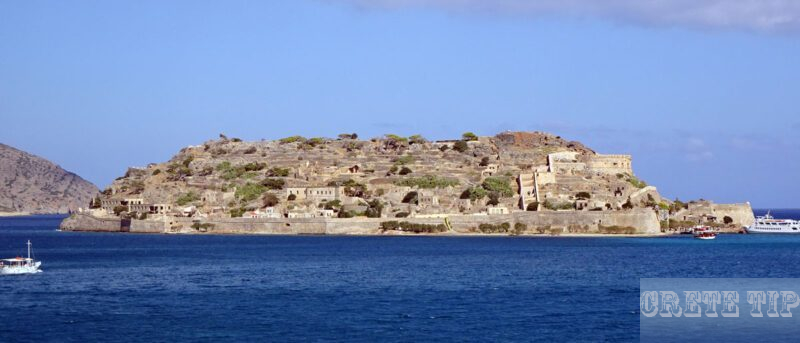The Natural History Museum in Heraklion and the habitats of Crete.
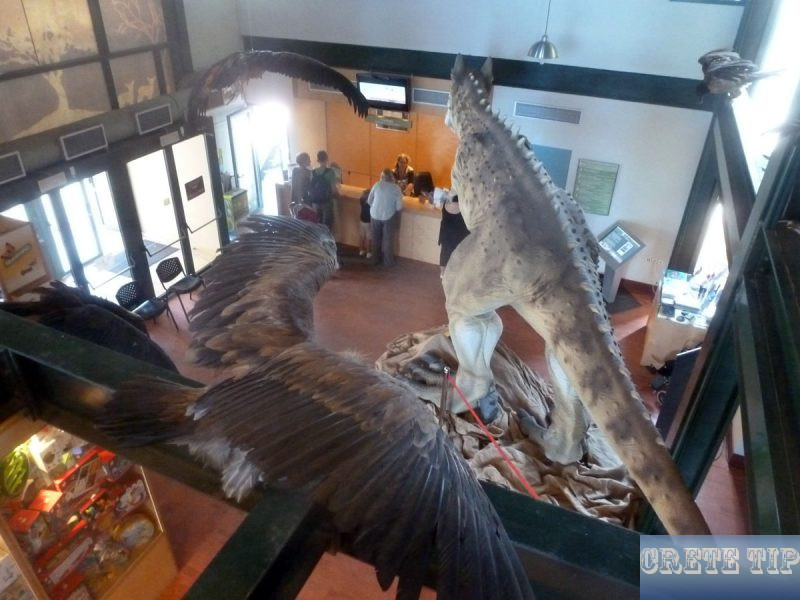
Natural History Museum of Heraklion
The Natural History Museum is spectacularly housed in the converted former power plant of Heraklion right on the seafront on Sofoki Venizelou Street overlooking Dermatas Bay.
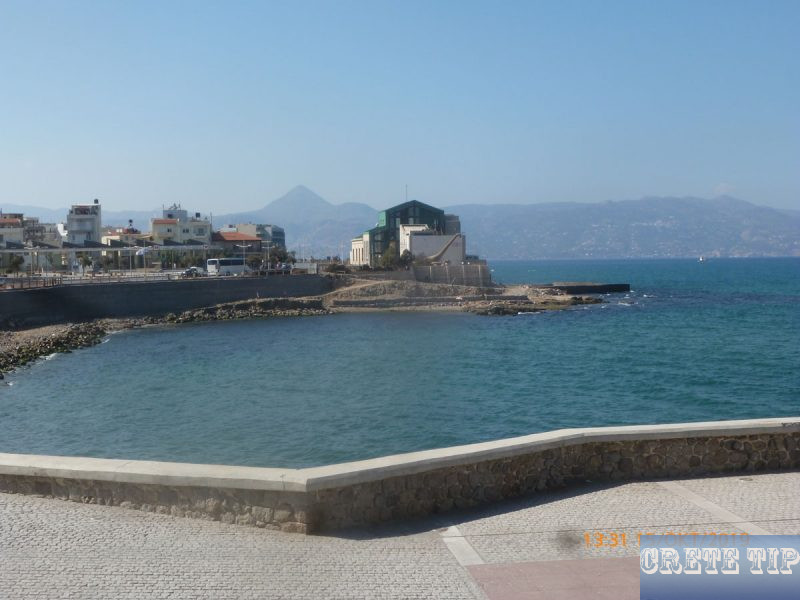
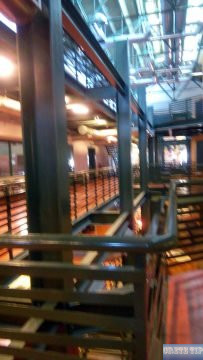
The ever-increasing exhibits on already four floors include fossils, rocks, minerals and caves, as well as the flora and fauna of modern Crete.
For children there is the Discovery Center in the basement, a wonderful interactive playground with microscopes and a replica boat for exploring the sea.
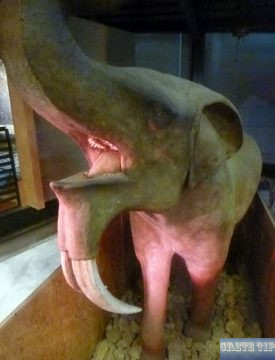
Nine to seven million-year-old Deinotherium fossils were found in 2000 during systematic excavations near Agioa Fotia (Sitia) in the east of the island, including numerous bones and the teeth of a single specimen.
These enormous animals lived in the forests of Europe, Africa and Asia ten to two million years ago and reached a height of over 13 feet (four meters).

There is also an ‘earthquake simulator’ in the basement, as well as a planetarium. More about this in the video below:
The museum takes great pains to make the visitor aware of the respect for nature and the concerns for the environment and animal species that are endangered by tourism and modern developments. Its existence is a welcome indication of the growing awareness of this issue in Crete as well.
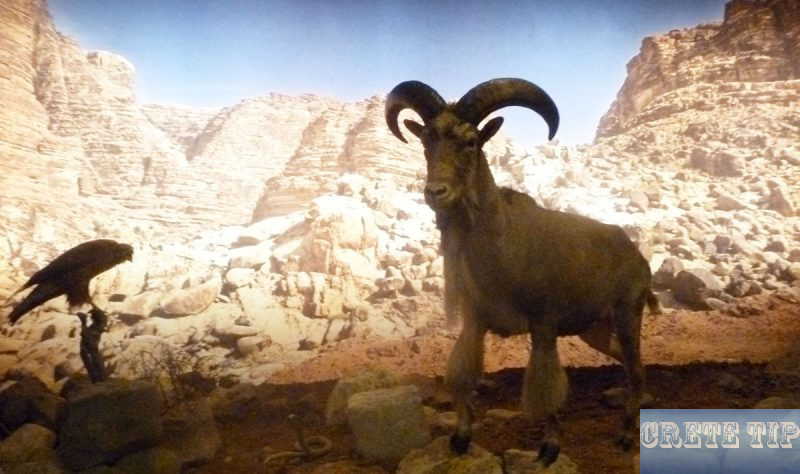
The museum is open Monday to Friday from 9am to 3pm and on weekends from 10am to 6pm, and admission was €6 on our last visit (2019 – unfortunately this report was delayed because of the Corona crisis last year).
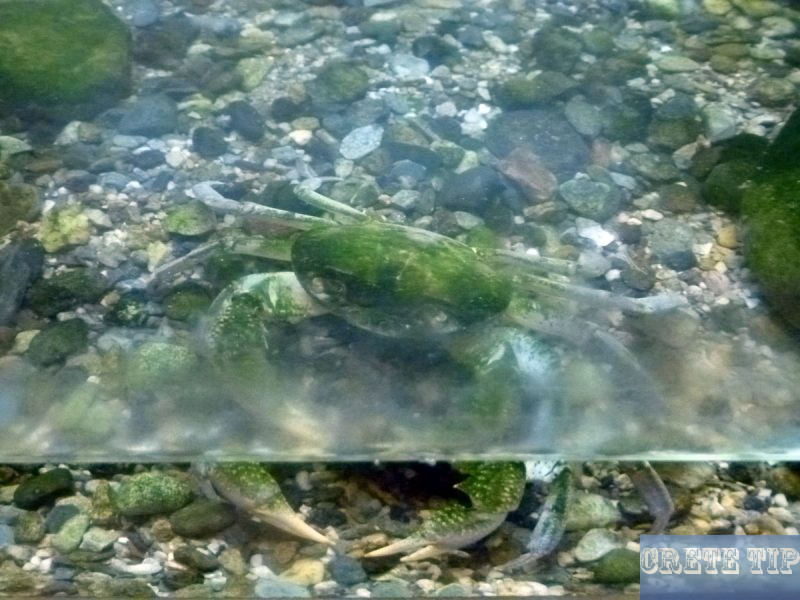
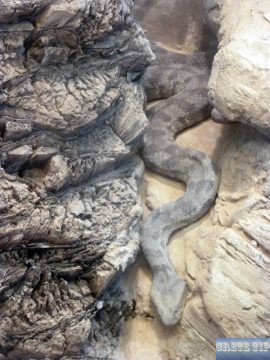
 More pics from the Natural History Museum.
More pics from the Natural History Museum.
Habitats of Crete
The natural ecosystems in Crete provide many benefits to the health and well-being of the island’s inhabitants. More specifically, ecosystem service is defined as the benefits to people derived from the natural environment and include raw materials necessary for social well-being, natural processes such as photosynthesis and soil formation, air purity, climate and precipitation, as well as supporting cultural services such as artistic inspiration and recreation.
Although the southern coast of Crete is closer to Libya than to Athens, the island’s wildlife is much more influenced by mainland Greece than by Africa.
This is because Crete lies at the end of the long, submerged limestone mountain range called the ‘Hellenic Arc’, which makes up most of the Balkan Peninsula. You have to go far south down into the Sahara before you find mountains as high as Crete’s again. The large island therefore has a northern Mediterranean fauna and flora and combines a number of different habitats.
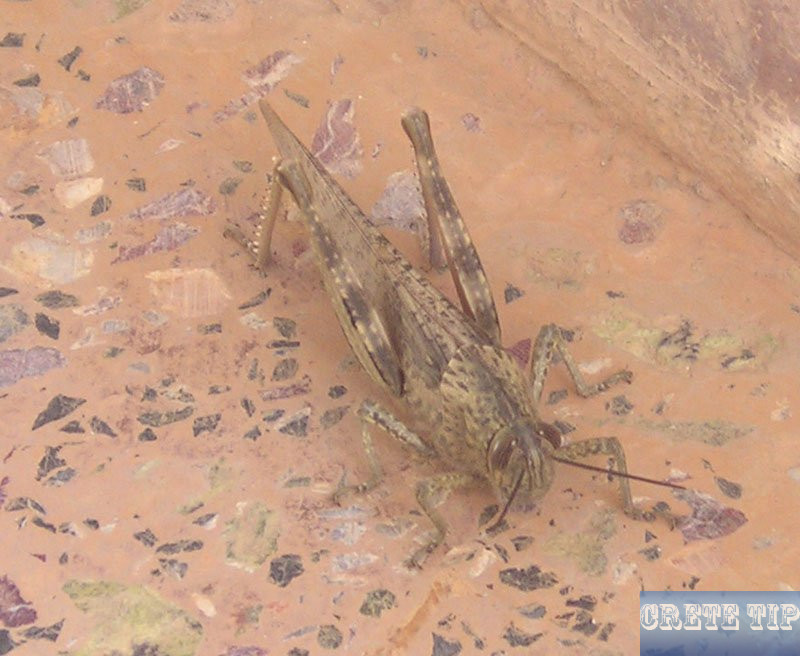
Islands generally tend to harbor little wildlife because they are isolated from the main mass of species on the mainland. Not so Crete – it is rich in flora and fauna and offers the full range of Mediterranean habitats.
Thus, there are over two thousand plant species in Crete, of which over 180 are endemic to the island, accounting for almost a third of the Greek flora and about as many as in the entire British Isles. With the richness of the flora, there are also many more insects than in more northern regions.
The survival of Cretan wildlife in all its richness and diversity has been aided by the fact that agriculture remains relatively ‘underdeveloped’. But pressure on nature in the form of widespread use of chemicals, increased water extraction, road building and tourist development is increasing. Thus, there are no longer many birds or wildflowers on the many hectares made up of foil tunnels around Timbaki, but there are even more in the mountains, where such agricultural methods are uneconomical.
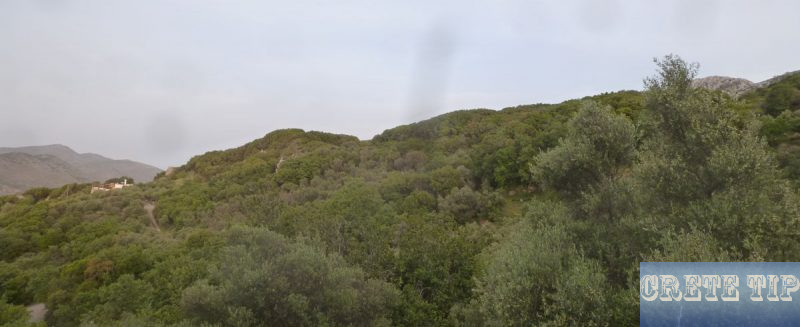
The only feature that is really missing is large forest stands and trees. However, this is also true for most of Greece.
Even the ancient Minoans were seafarers and so a lot of wood was needed for shipbuilding since the Bronze Age. The lower lying hills were already deforested four thousand years ago and the Venetians gave the rest to the forest stock. Therefore, today there are native natural forests only in remote plateaus and gorges.
Unfortunately, the general peak tourist season is not suitable for exploring nature on the island. Because Crete is so far south, summers are long and dry, and so this period is actually the same as winter in Central Europe, when many plants retreat back or die and wildlife activity is at a minimum. Trying to see Cretan wildflowers or birds in the middle of August is a bit like trying to do a nature walk in the UK or Kentucky in January.
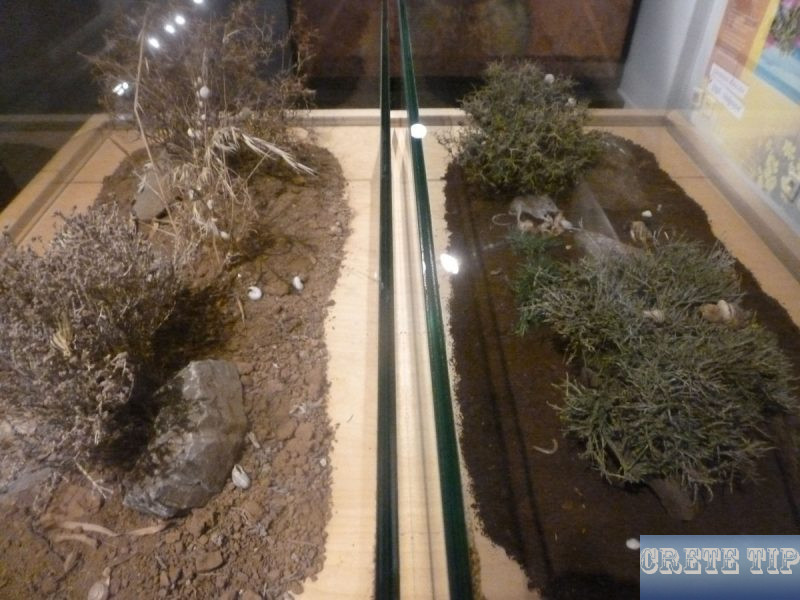
It is rare in Europe to find such a wide range of habitats in such a small area, or so much wilderness near modern cities and resorts, as in Crete.
Broadly speaking, the island can be divided into four main habitats: the coast, cultivated land, low slopes below 1,100 ft (1,000 meters), and mountains above 1,100 ft (1,000 meters). Crete is the only Greek island which is mountainous and large enough to provide all four of these habitats.
Coastal Zone
In general, the coastal zone is considered the point of contact between the land and the sea, and it is shaped by the interaction between land and sea over time. The coastal zone is constantly changing and its delineation is not always straightforward. The definition of the coastal zone can be based on geographical, natural, environmental, economic, administrative and cultural aspects. From a geographical point of view, the coastal zone includes both terrestrial and marine sections.
Coastal areas are particularly interesting not only for their ecological characteristics, but also for reasons of economy and social well-being. The contribution of the marine environment to economic and social well-being lies in the various activities traditionally associated with the sea, such as fishing, shipping and maritime trade, and other activities that have developed in later years, such as the production of various forms of renewable energy and the extraction of drinking water, archaeological, oceanographic and cultural research, leisure activities and tourism. In addition, the above activities determine to a great extent the quality of life in coastal areas, where about 50% of the total population of the planet lives.
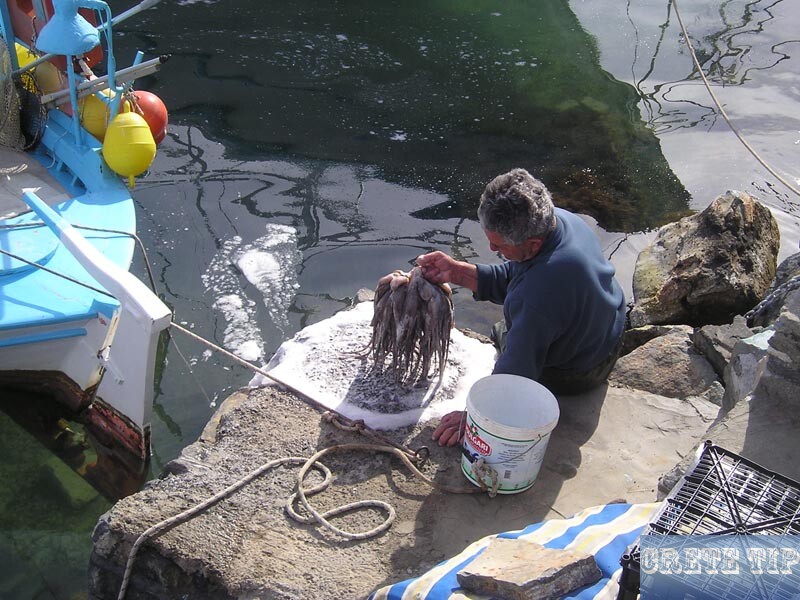
Along the coast, sandy beaches and low, rocky cliffs are the norm. Marshy river deltas or estuaries are rare, as Crete is an arid area and therefore there are not many rivers. Where they do exist, however, these wetlands are among the best places to see birds.
Cultivated areas
Cultivated areas are considered to be any land used for farming or keeping livestock. Farmers use the ecosystem for their livelihood, while other people prefer such areas for recreation, vacation, or residence.
However, excessive land use for this purpose can unbalance the ecosystem by depriving wild plants and wildlife of necessary habitat, resulting in, for example, a reduction in agricultural yield and the destruction of the landscape.
Although the oldest human traces on Crete date back to the Paleolithic period, 200-120,000 years ago, the first settlements with farmers were established in the Neolithic period, about 8,000 years ago, when the first inhabitants settled on the island, bringing with them livestock and crops – such as pigs and cereals.
To this day, as well as for many centuries, three main crops are grown on Crete: Cereals, grapes and olives. The cultivation of olives and grapes was predominant in Crete not only in modern times, but also thousands of years ago, as evidenced by archaeological findings on the island.
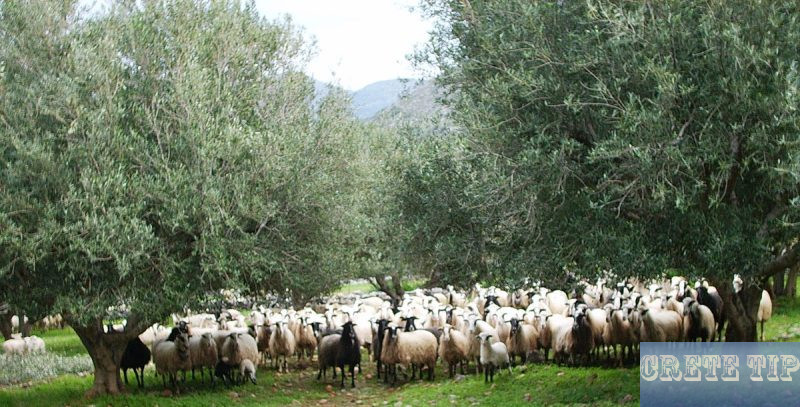
In the period of Venetian and Ottoman rule, agro-industrial production was concentrated on certain products that met the needs of the rulers. Initially (1320-1450 A.D.), the interest of the Venetians was focused on the cultivation of cereals, but afterwards (1450-1645 A.D.), due to historical circumstances, wine production came to the fore. At that time, the exceptionally high demand for wine from the West led to the creation of many irrigation projects (e.g. Linies in the Lasithi Plateau) or drinking water projects such as the construction of aqueducts, some of which are still preserved today, such as the Arhanes, south of Heraklion.
Since the rule of the Ottomans in Crete (1645 to the end of the 19th century AD), the vineyards were replaced by olive groves. This happened mainly because the demand for oil had increased, while the cultivation of olive trees was not as expensive and did not require as much care as vines.
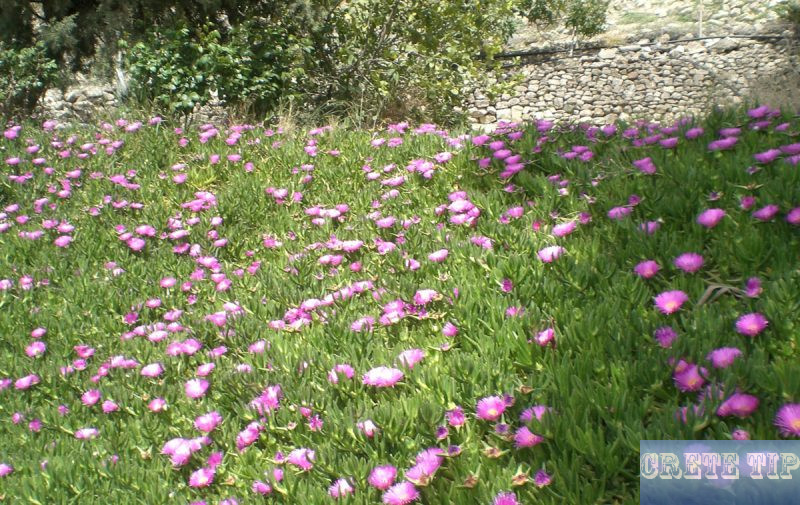
Cultivated land is of varying interest to wildlife. The small nurseries, called perivolia, on the outskirts of towns and villages are particularly suitable for sheltering smaller birds. Small hay fields can be a colorful collection of seasonal flowers and their insects in spring and early summer.
Mountain regions
The magnificence of Cretan nature, from the mountains to the lowlands and coastal areas of the island, is reflected in the successive changes of the landscape, which hold many surprises for the visitor. 21.6 percent of the total area of Crete is located at altitudes above 765 yard (700 meters).
In Crete, all areas above 765 yard (700 meters) of altitude are considered mountainous, because above this mark the cultivation of olive trees is no longer possible.
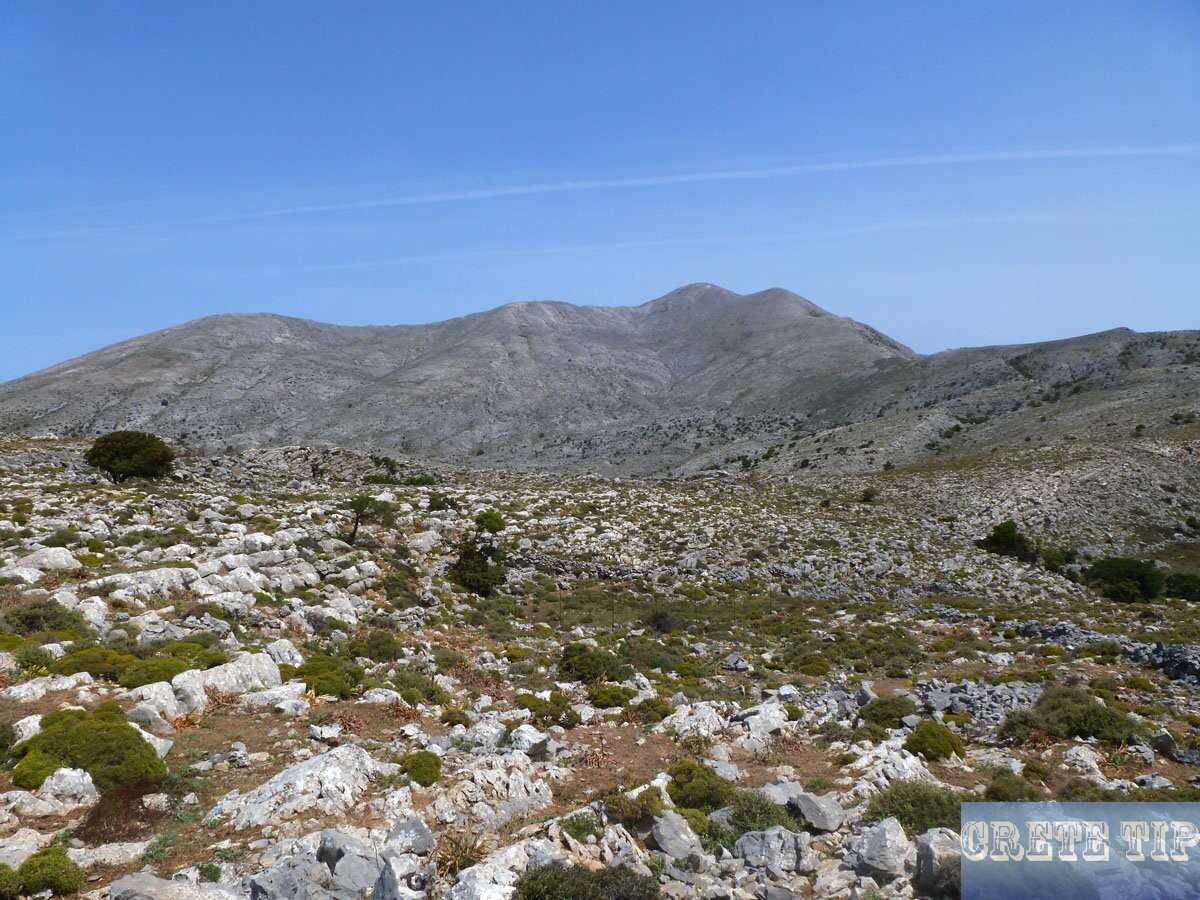
However, the extreme climatic conditions and the inhospitable, rugged and yet magnificent terrain there did not intimidate the Cretans to take advantage of this environment as well. Over the centuries, these areas have also been settled, mainly raising goats and sheep to this day.
The island is of great geological interest due to the great variety of rocks and the unique geological formations. Most of the rocks on Crete are made of limestone of various types. A narrow strip of shale sometimes appears between the limestones.
Crete is characterized by a mountain range that stretches from one end of the island to the other. From west to east, large mountains dominate: the Lefka Ori in the west (8,048 ft / 2,453 m), with 56 peaks over 6,562 ft (2,000 m), forming a mountain desert of 100 square kilometers.
Then the so-called Madares of Psiloritis or Idi in the center of the island (8,058 ft / 2,456 m) and the Dikti or Lasithi Mountains in the east. Also, on the coast south of Iraklion are the Asterousia mountains and the mountains of Sitia in the eastern part of the island.
Many mountainous regions of Crete are home to fertile plateaus, some of which retain water at certain times of the year and form seasonal waterholes of significant ecological value. The best known are the plateaus of Omalos in Lefka Ori, Nida in Psiloritis and Lasithi in Dikti. These areas are either farmlands or abandoned former cultivations that have been converted into pastures.
More than two hundred gorges cross Crete, mostly from north to south, the Samaria Gorge being the largest and best known. Many endemic plants live in the gorges. Rare birds of prey and mammals have found shelter on the steep cliffs, even though their actual territory is much larger. At least 5,000 caves and underground formations are known to exist in the Cretan mountains, only about half of which have been explored.
Low slopes up to 1,100 yards (1000 meters) high make up a large part of Crete. Covered with bushes, loosely grazed by goats and sometimes by sheep, it is the typical Mediterranean habitat, which is extremely rich in flowers, insects and reptiles.
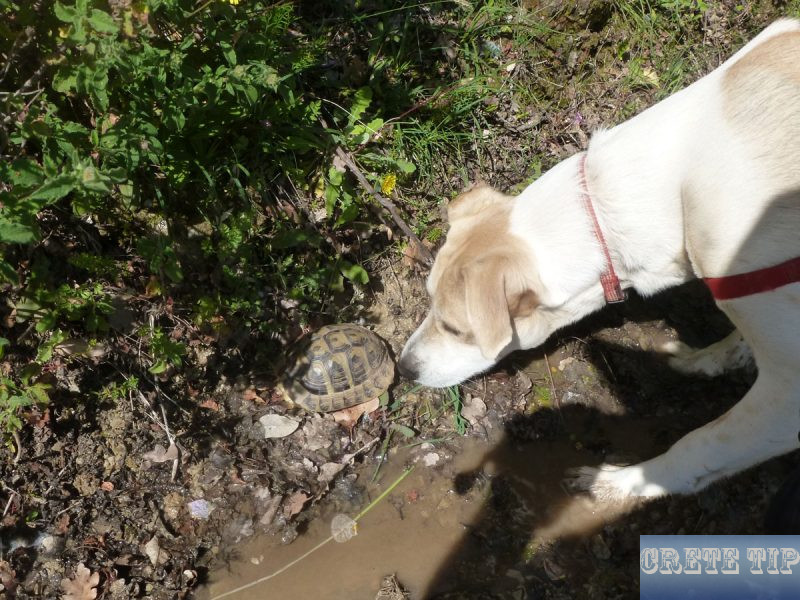
Botanically, they divide into two different types: The first is called Phrigana and consists of scale-like, bushy shrubs that grow on limestone and are particularly rich in aromatic herbs and wildflowers. Phrigana can often be found by looking for beehives, as Cretan beekeepers know where to find the thyme and rosemary that give the local honey its wonderful flavor.
The second habitat on the hillside is the Maquis, a very prickly scrub with occasional trees.
Of these two hillside habitats, the Phrigana is better for flowers, while the Maquis is ideal for birds.
Mountains over 1,100 yards (1,000 meters) high are surprisingly common on Crete. Thus, there are three separate mountain ranges with heights above 2,200 yards (2,000 meters) and they are responsible for much of the climate on the island, producing rainfall and maintaining snow for much of the year.
The small plateaus between the mountains – most famous are Omalos or Lasithi – are special, with their own distinctive flora and fauna. Although the Cretan mountains usually do not have the interesting mammals of the mainland, they are very good for large and spectacular birds of prey.
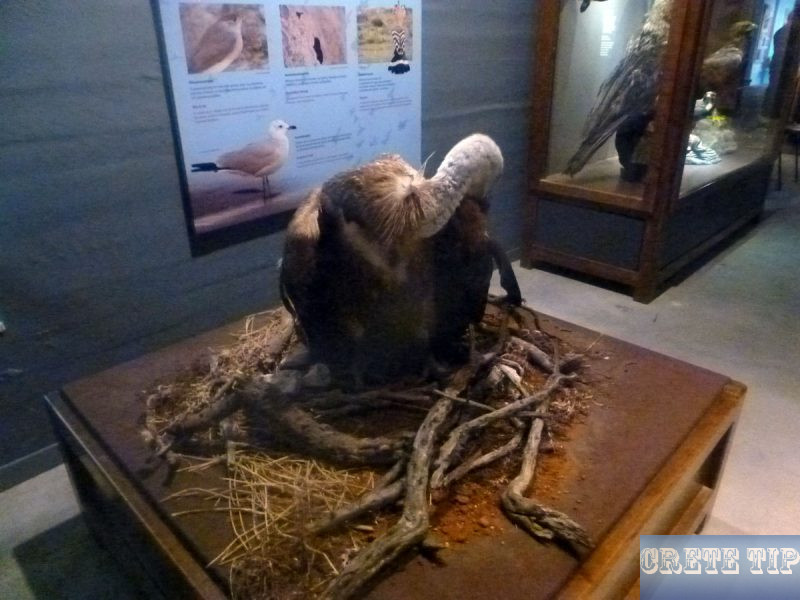
Directions to the Natural History Museum
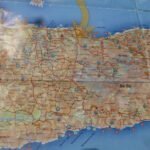 Link to map with directions:
Link to map with directions:
Click here: Directions to the Natural History Museum in Heraklion.



